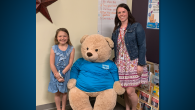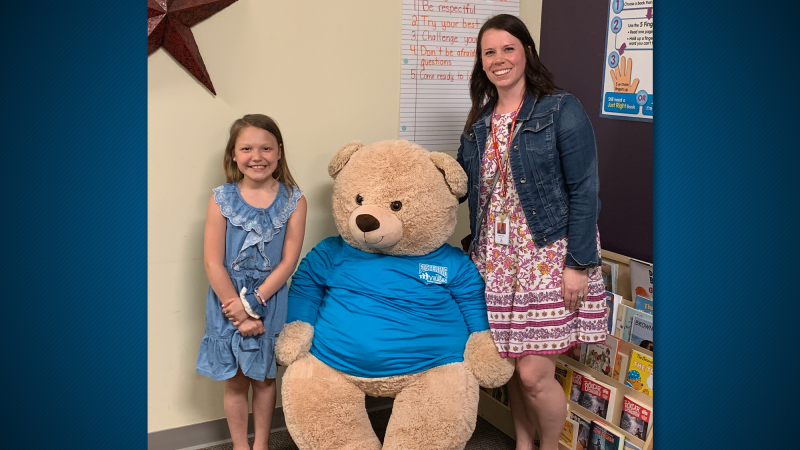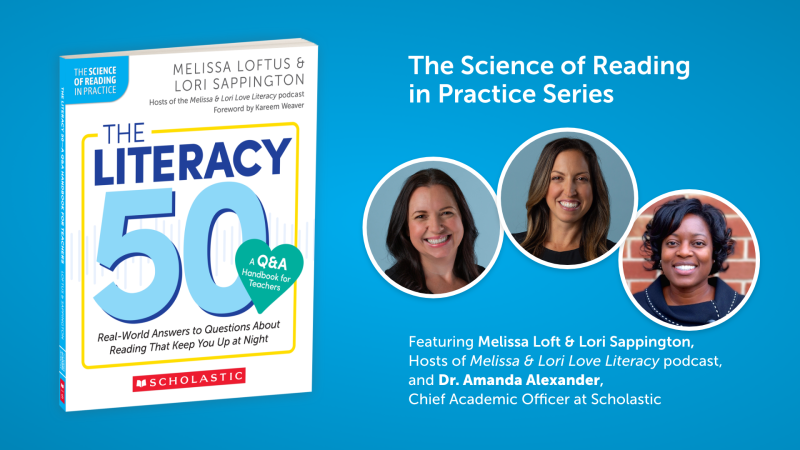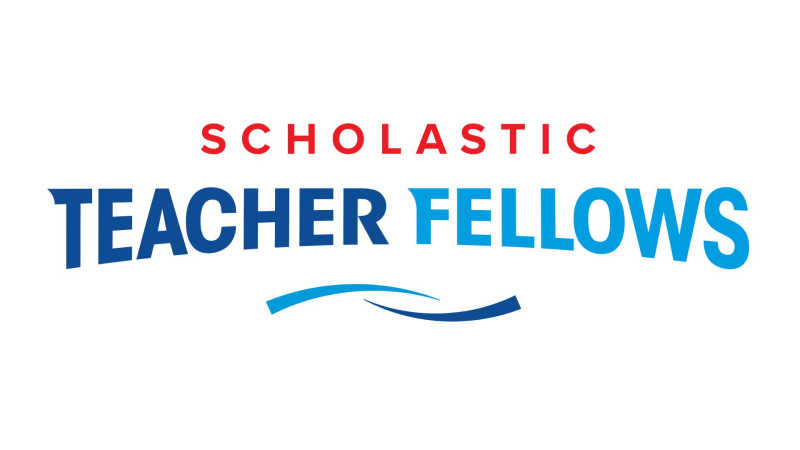 This blog post is authored by Jennifer Satter, who is in her fifth year as a third-grade teacher at in Portage, Indiana. Her professional experiences include teaching Art, Title 1 Reading, and Summer Learning and Reading Loss Prevention.
This blog post is authored by Jennifer Satter, who is in her fifth year as a third-grade teacher at in Portage, Indiana. Her professional experiences include teaching Art, Title 1 Reading, and Summer Learning and Reading Loss Prevention.
When I was a kid, I loved reading nonfiction. I often felt deeply connected to stories about true events. But inspiring that same love in my third-grade students has been tough. I found their lack of interest especially troubling since this is a critical moment in their development. The Annie E. Casey Foundation’s landmark research illustrates the powerful connection between reading proficiency and success later in life. And the Scholastic Kids & Family Reading Report™ explores the “decline by nine” phenomenon: by age nine, there is a drop in the frequency that kids read for enjoyment, and their sense of the importance of reading dips as well.
I knew I had to change the minds of kids who viewed nonfiction as the dreaded part of reading. I needed to reach students who groaned when asked to open their nonfiction materials, which were often dense history texts and above-level newspaper articles. I began my search for an exciting, nonfiction resource that would deepen my students’ knowledge, expand their world, and unlock new learning opportunities.
In my classroom, the students interact with Scholastic News in ways I‘d never imagined. It is awesome seeing how my kids interact with the articles by “reading” the pictures first to build excitement for the topic we will be exploring. As we begin reading, text features are helpful for breaking down the content and quickly finding information about topics that are intriguing or important. Supplemental videos also guide students, especially striving readers, in making real-world connections to build a deeper understanding. Above all, the topics featured in the magazine have been a springboard to meaningful connections and discussions—especially the ones featuring kids making a difference in their communities. For example, we recently read an article about 10-year-old Jordan Reeves. She used a 3D printer to invent a prosthetic arm for herself that released glitter. Jordan’s story opened up many avenues of conversation; being different, perseverance, STEM, 3D printing, and more. For my students, Jordan is a real-life superhero.
Scholastic News also inspired another exciting extended learning project this past winter that blew me away. The December 10, 2018 issue featured a variety of stories about kindness. This is a topic that I make a priority in my classroom. My students read about incredible kids their age who initiated projects that helped change circumstances for others, such as making pillows for a homeless shelter, delivering stuffed animals for children in the hospital, and helping a community better understand dyslexia. These were extraordinary actions that made a difference—and my students instantly related to them.
One of my third-graders, Sophia, was so inspired by reading these articles that she knew she wanted to do something. She wanted to be just like these real-life superheroes. Sophia came to me after the lesson to let me know that she wanted to make a difference too. I encouraged her to go for it! We sat together to research different causes that she could help with, and in the process, we learned more about the foster care program based down the street from our school.
Ready to take charge of her own learning, Sophia planned an event at school that she named Kindness Club. She spent months working hard to organize, promote, and prepare by writing and giving speeches to share her ideas with her peers. Her efforts resulted in 25 kids in grades 2–5 coming together to decorate 20 duffel bags and six birthday boxes for children in foster care. The PTA was so supportive that they donated half of the cost of materials, and the rest was donated by students’ families. After decorating the bags and boxes, the students filled them with hygiene items, blankets, teddy bears, and party supplies to be donated to children in foster care. The bags and birthday boxes also contained letters with special messages that the second-grade students wrote with help from their older peers.
After everything was assembled, Sophia and I went to the foster care center with her family to deliver the supplies and speak with coordinators from the foster care team. This entire project sparked so many emotions for all involved. It united students and members of our community and taught so many lessons of responsibility and humility. Sophia saw the direct impact of her efforts, and it all started with a nonfiction story she read one day.
Nonfiction articles in the classroom may not always end by inspiring students to engage in life-changing events, but the possibility is just as real as the stories are. That’s what is important to remember. Nonfiction stories cover real events, about real people who make real changes. Our students can be these people too.
For more information about Scholastic Classroom Magazines that help build knowledge, spark curiosity, inspire empathy, and ignite a passion for learning, visit scholastic.com/magazines.
Photo courtesy of Amanda Alaniz






